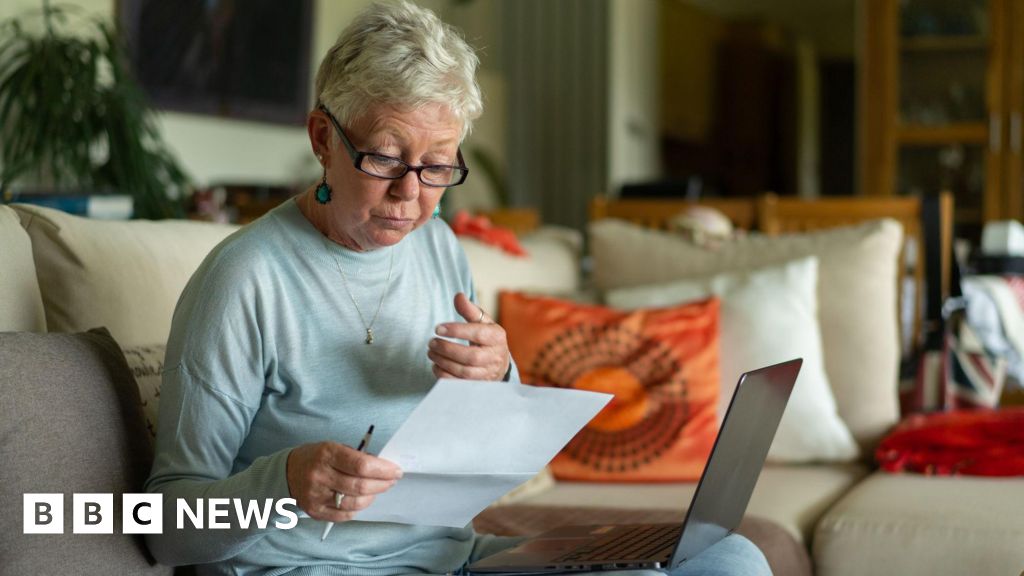ARTICLE AD BOX
 Image source, Getty Images
Image source, Getty Images
By Joe Tidy
Cyber correspondent
A charity that helps people worried about their own thoughts or behaviour says an increasing number of callers are feeling confused about the ethics of viewing AI child abuse imagery.
The Lucy Faithfull Foundation (LFF) says AI images are acting as a gateway.
The charity is warning that creating or viewing such images is still illegal even if the children are not real.
Neil, not his real name, contacted the helpline after being arrested for creating AI images.
The 43-year-old denied that he had any sexual attraction to children.
The IT worker, who used AI software to make his own indecent images of children using text prompts, said he would never view such images of real children because he is not attracted to them. He claimed simply to be fascinated by the technology.
He called the LFF to try to understand his thoughts, and call handlers reminded him that his actions are illegal, regardless of whether or not the children are real.
The charity says it has had similar calls from others who are expressing confusion.
Another caller got in touch after discovering that her 26-year-old partner viewed indecent AI images of children, but said they were not serious because the pictures "aren't real". The offender has since asked for help.
A teacher asked for the charity's advice because her 37-year-old partner was viewing images that seemed illegal, but neither of them was sure if they were.
The LFF's Donald Findlater says some callers to its confidential Stop It Now helpline think that AI images are blurring the boundaries for what is illegal and morally wrong.
"This is a dangerous view. Some offenders think this material is in some way OK to create or view because there are no children being harmed, but this is wrong," he says.
In some cases, AI abuse images might also be wrongly labelled or advertised as AI-made and the difference in realism is becoming harder to spot.
Mr Findlater says that deviant sexual fantasy is the strongest predictor of reoffending for anyone convicted of a sexual crime.
"If you feed that deviant fantasy, then you're making it more likely you're going to do harm to children," he said.
The charity says the number of callers citing AI images as a reason for their offending remains low, but is rising. The foundation is urging society to recognise the problem and lawmakers to do something to reduce the ease in which child sexual abuse material (CSAM) is made and published online.
Although the charity would not name any specific sites where it has found the imagery, one popular AI art website has been accused of allowing users to publish sexual and graphic images of very young models. When the BBC approached Civit.ai about the issue in November, the firm said it takes potential CSAM on the site "very seriously" and asks the community to report images that users consider to "depict under-age characters/people in a mature or photorealistic context".
The LFF also warned that young people are creating CSAM without realising the seriousness of the offence. One caller, for example, was concerned about his 12-year-old son who had used an AI app to create inappropriate topless pictures of friends, and then subsequently searched for terms such as "naked teen" online.
Criminal cases in Spain and the US have recently been launched against young boys using declothing apps to create naked pictures of school friends.
In the UK, Graeme Biggar, head of the National Crime Agency, said in December that he wanted to see tougher sentences for offenders who possess child abuse imagery, adding that AI abuse imagery "matters, because we assess that the viewing of these images - whether real or AI-generated - materially increases the risk of offenders moving on to sexually abusing children themselves".
Some contributors have asked for their names to be withheld in this piece.

 1 year ago
128
1 year ago
128








 English (US) ·
English (US) ·